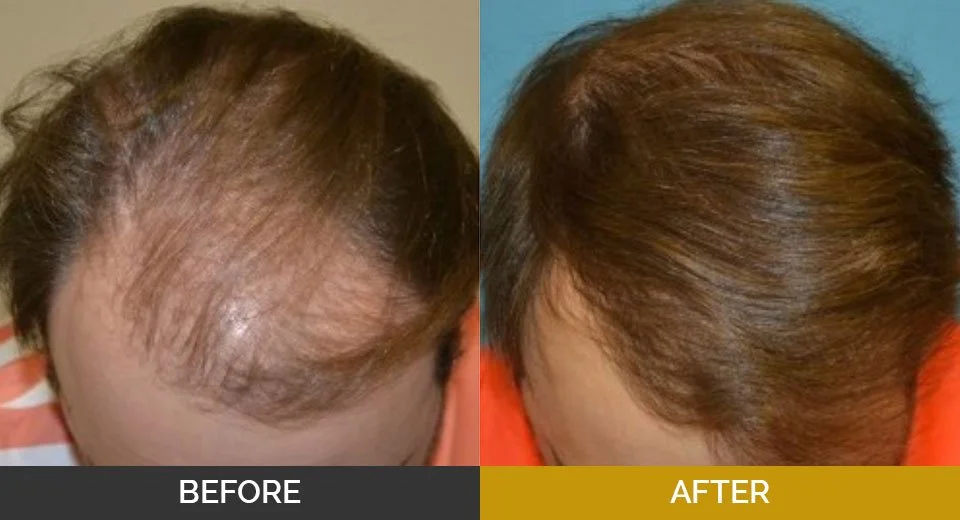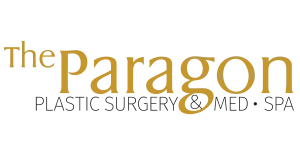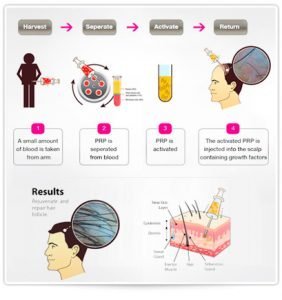Hair loss can be a frustrating experience, and finding the right solution often feels overwhelming. Advances in medical technology have paved the way for ARTAS robotic hair transplant, a cutting-edge solution that offers precise, natural-looking results. Unlike traditional methods, ARTAS combines robotics with artificial intelligence to improve both efficiency and outcomes.
If you are considering hair restoration, understanding how ARTAS technology works and its benefits can help you make an informed decision. This article covers everything from the procedure to recovery time and costs, ensuring you have a clear idea of what to expect.
What is ARTAS Robotic Hair Transplant?
The ARTAS robotic hair transplant is a minimally invasive procedure designed to restore hair using robotic precision. Developed to address the limitations of manual hair transplants, ARTAS uses artificial intelligence to analyze hair follicles and select the best grafts for extraction and placement. This results in higher accuracy, better distribution, and less trauma to the scalp.
Unlike conventional methods, the ARTAS system automates the most intricate parts of the process, eliminating the inconsistencies that can occur with manual procedures. Because of the robotic precision, patients experience fewer errors and better long-term results.
This method is ideal for those seeking a long-lasting solution with minimal pain, scarring, or recovery time. Whether you are dealing with pattern baldness or thinning hair, ARTAS offers a reliable way to regain confidence with natural-looking hair growth.
How ARTAS Technology Works: A Step-by-Step Process
Advanced AI Precision for Better Results
The ARTAS system scans your scalp to identify the healthiest hair follicles for extraction. AI technology determines the most suitable grafts, ensuring an even distribution when implanted. This detailed mapping prevents over-harvesting from any area, leaving behind a uniform appearance.
The precision of the robotic arm ensures that grafts are removed with minimal damage, which leads to higher graft survival rates and healthier hair growth over time. This level of accuracy is hard to replicate with manual techniques, setting ARTAS apart from traditional procedures.
Minimizing Pain and Scarring with Robotics
ARTAS technology reduces discomfort by eliminating the need for stitches or incisions. The robot extracts individual follicles, leaving tiny punctures that heal quickly and fade over time. Most patients report minimal pain during the procedure and little to no visible scarring after recovery.
The robotic process also ensures that transplanted hairs follow the natural direction of hair growth, making the results indistinguishable from your existing hair. This attention to detail contributes to the procedure’s growing popularity among those seeking discreet hair restoration.
Key Benefits of Choosing ARTAS Hair Transplant
Faster Recovery Time and Less Downtime
One of the primary advantages of ARTAS is the reduced recovery time. Patients can typically resume regular activities within a few days, with most reporting only minor redness or swelling. The non-invasive nature of the procedure minimizes complications, making it an ideal choice for those with busy schedules.
The quick recovery also means patients can return to work and social activities sooner without worrying about visible signs of surgery. Compared to traditional hair transplants, ARTAS offers a smoother and more comfortable healing process.
Natural-Looking Results Without Visible Scars
ARTAS ensures that hair follicles are implanted following the natural growth pattern, seamlessly blending with existing hair. The robot’s ability to precisely place grafts eliminates the risk of unnatural hairlines or clumping.
Additionally, the lack of linear scars means patients can wear their hair short without worrying about visible marks. This feature appeals to those who prefer a low-maintenance hairstyle after the procedure.

VIEW more Before & Afters HERE!
Comparing ARTAS vs. Traditional Hair Transplant Methods
Several vital differences emerge when comparing ARTAS with traditional hair transplant techniques like Follicular Unit Transplantation (FUT) or Follicular Unit Extraction (FUE). ARTAS offers higher precision, faster recovery, and fewer side effects. While FUT involves removing a strip of scalp, resulting in a scar, ARTAS focuses on individual follicle extraction, leaving no visible marks.
Patients who opt for ARTAS benefit from consistent results, thanks to the elimination of human error. The robotic system ensures optimal graft selection and placement, leading to a more natural outcome than manual methods.
What to Expect During and After the Procedure
Preparation Tips Before Your ARTAS Hair Transplant
Our doctor will instruct you on how to prepare before the procedure. This typically involves avoiding blood thinners and alcohol for a few days before surgery. You may also be advised to wash your hair thoroughly on the morning of the procedure to minimize the risk of infection.
The process is performed under local anesthesia, ensuring your comfort throughout. Depending on the number of grafts required, the entire session can take several hours.
Post-Procedure Care for Optimal Results
After the procedure, it’s essential to follow the aftercare instructions provided by your doctor. This usually involves gentle washing and avoiding sun exposure for a few days. Swelling and redness may occur initially, but these symptoms typically subside within a week.
Patients are encouraged to avoid strenuous activities during the first few days to prevent complications. Following your doctor’s guidance ensures faster healing and optimal results from your ARTAS hair transplant.
ARTAS Hair Transplant Cost and Factors That Affect Pricing
The cost of an ARTAS hair transplant varies based on several factors, including the number of grafts required, the clinic’s location, and the surgeon’s experience. While ARTAS may seem more expensive than traditional methods, the long-term benefits and reduced need for follow-up procedures often make it a worthwhile investment.
At Paragon Plastic Surgery, we offer financing options, making the procedure more accessible.
Is ARTAS Right for You? Who Makes the Ideal Candidate?
ARTAS is suitable for individuals experiencing moderate to severe hair loss who want a minimally invasive solution with natural results. The procedure works best for those with healthy donor areas, as the success of the transplant depends on the quality of extracted follicles.
If you are seeking a solution that allows you to return to your routine quickly without visible scars, ARTAS could be the right choice. A consultation will help determine if you are a good candidate for the procedure.
Schedule Your Consultation Today
Ready to take the first step toward restoring your hair and confidence? Schedule a consultation with the experts at Paragon Plastic Surgery in Dallas, TX. Our team specializes in ARTAS robotic hair transplant and will guide you through every step of the process, from evaluation to aftercare.
Contact us today to explore how a ARTAS Robotic Hair Transplant can transform your hair and give you the results you’ve been waiting for!




